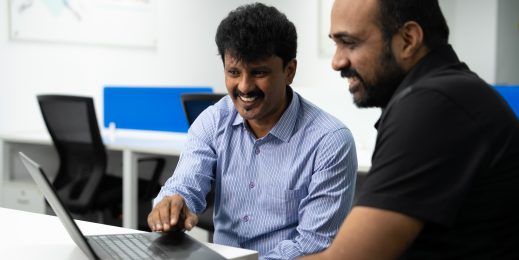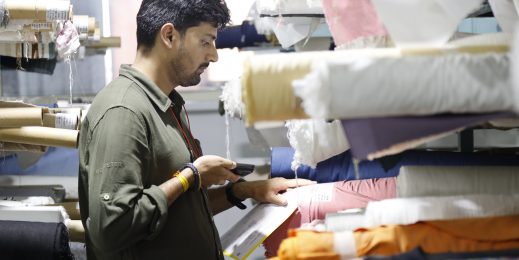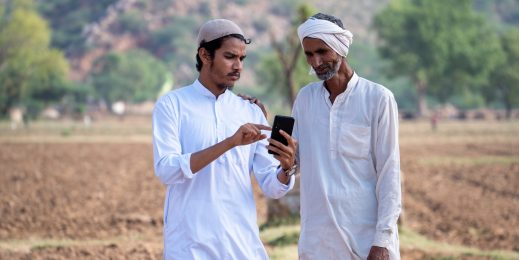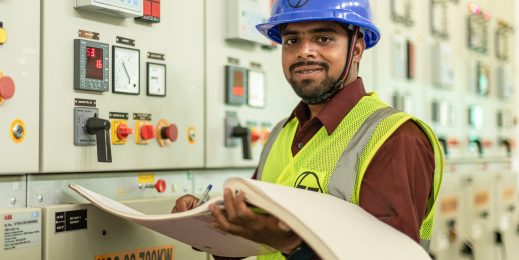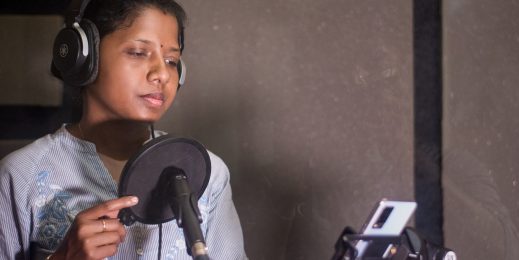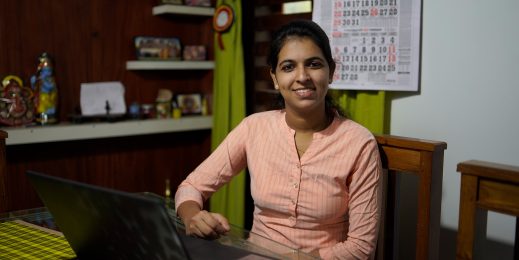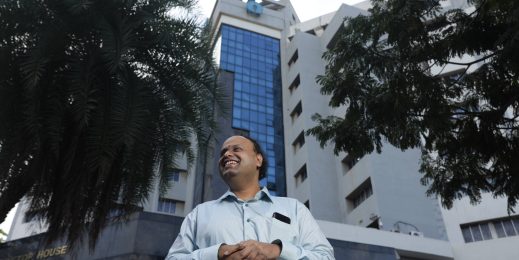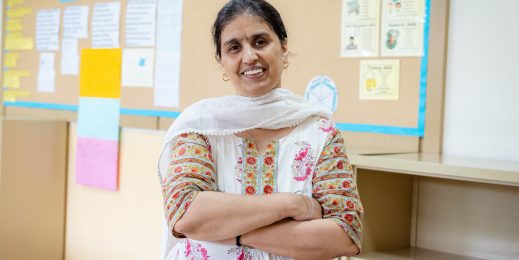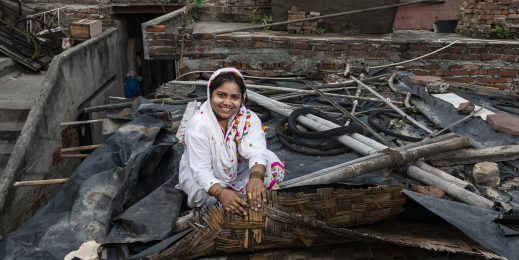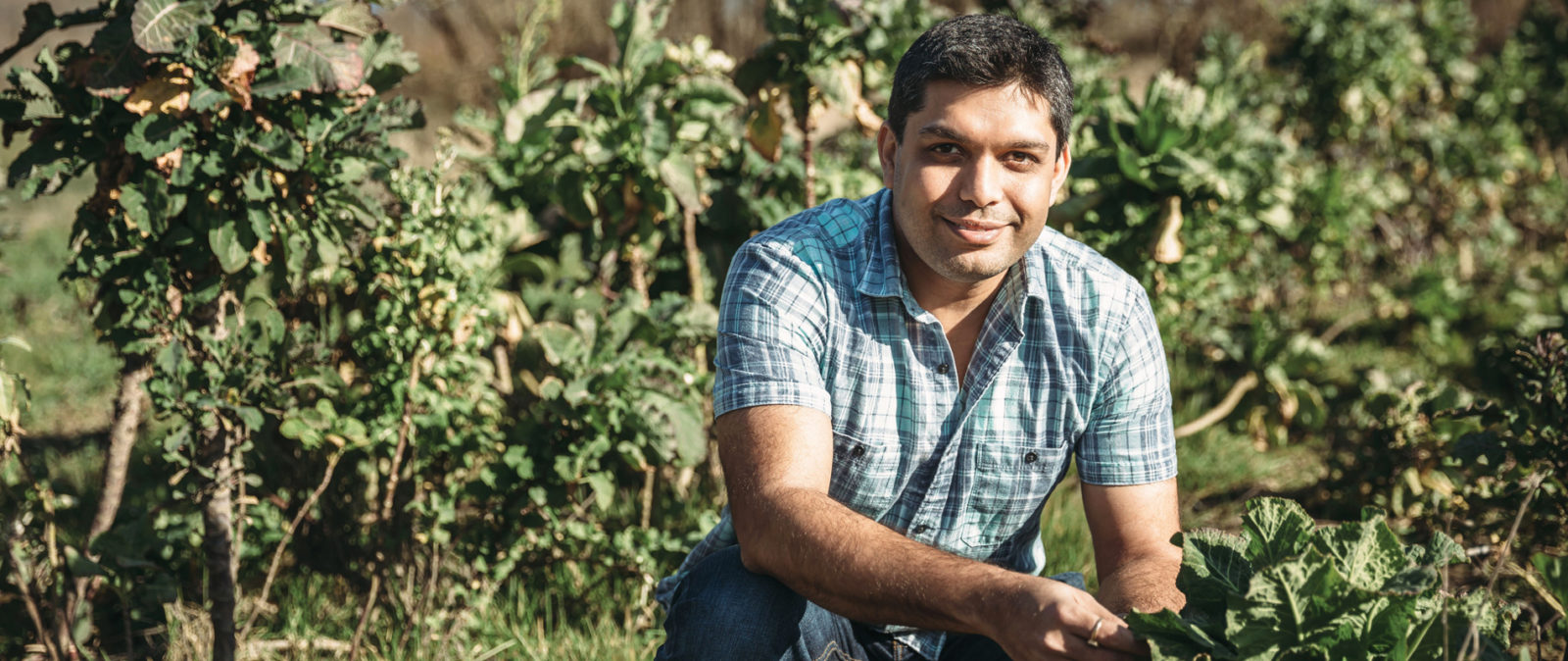
AI in Agriculture
How Microsoft is building new tech to bring precision agriculture to the world’s poorest farmers
Hint: The Wi-Fi chip in your smartphone and Helium balloons might hold the key
It’s an unusually frigid December morning in Gurugram and I’m sitting with Ranveer Chandra, chief scientist, Microsoft Azure Global, at Microsoft India’s tenth floor office. Down below, a monorail train cuts through the haze, which is now almost permanently suspended over the city. Later in the week, the region will witness the coldest day in more than a century.
“Climate change will affect small-holder farmers the most. Even a few degrees of change in temperature or untimely rainfall will create havoc in their lives,” he says.
Chandra is the founder of FarmBeats, which started as a Microsoft Research project in 2014 to enable data-driven farming and is now available as a platform for digital agriculture in the form of Azure FarmBeats.
According to the United Nations, the world population is projected to reach 9.8 billion by the year 2050, which means there will be more mouths to feed with same or lower arable land and unpredictable weather patterns due to climate change.
“We need to grow more food. But not just food, we need to grow more nutritious food without harming the planet. We need to do all this with an amount of land that isn’t increasing and water levels that are receding,” Chandra explains.
Taking the guesswork out of farming
Be it a farmer from the Great Plains region in the United States or Punjab in India, many of the farming decisions are taken by guesswork. From the amount of fertilizer to be used to when one should sow, water, and harvest the crops, some of the most critical decisions in agriculture are based on experience and instinct.
With Azure FarmBeats, Chandra has two goals. First is to remove the guesswork in agriculture and provide farmers with data-driven insights. The second phase is to make data-driven agriculture more affordable.
“Last year’s yield is not going to tell you how much nitrogen is needed in different parts of the field. Even though farmers know the benefits of data-driven agriculture, the technology didn’t exist,” Chandra tells me.
The team has already delivered on its first goal with Azure FarmBeats which is now out in preview. The system creates a digital map of a farm with drone or satellite imagery as well as a grid of sensors spread across the farm that monitor multiple parameters in the soil ranging from temperature and moisture to carbon and nitrogen levels.
Armed with all the data, farmers can get actionable insights with the help of artificial intelligence (AI) and machine learning (ML) based models, which are built by partners on Azure FarmBeats. The solution is already live in some farms in the United States, where farmers are starting to see the benefits.
Building non-existent tech
Chandra’s interest in agriculture wasn’t a coincidence. While growing up in Jamshedpur in eastern India, he’d spend his summer and winter vacations at his grandparents’ village in Bihar, one of India’s most impoverished states.
“Back then, I hated agriculture like anything. The farms in the village would have no electricity, not even toilets. You had to go out in the fields even in cold weather like this,” he recalls. “But as it happens, I spent a lot of time in the village in the first 18 years of my life. I have seen extreme poverty and those images have stuck to my mind.”
“What can we, as technologists, do to improve the lives of these farmers?” he asks.
In its current avatar, Azure FarmBeats works for large farms that are spread over tens or hundreds of acres. The AI models are built to ingest satellite and drone imagery and churn out insights about the farm’s health. These are combined with data from a network of sensors buried in the soil that provide real-time information from ground zero.
Unfortunately, current technologies for getting data from the farm are too expensive for small-holder farmers like those in India to be able to afford.
“One of the things we’ve noticed is these farmers grow multiple crops in the same acre or two of land that they have. Satellite images cover thousands of acres planted with the same crop, where every acre corresponds to just tens of pixels, which are not enough to see the leaves or pests or weeds to get meaningful insights,” Chandra explains.
To solve this challenge, the FarmBeats team came up with a solution called “Tethered Eye”, which replaces drones with helium filled balloons and a smartphone with its camera facing down, flying at a height of 200 feet. The assembly is tethered on to a stick and one can have a person walk the length and breadth of the field to create an aerial map of the field using computer vision algorithms.
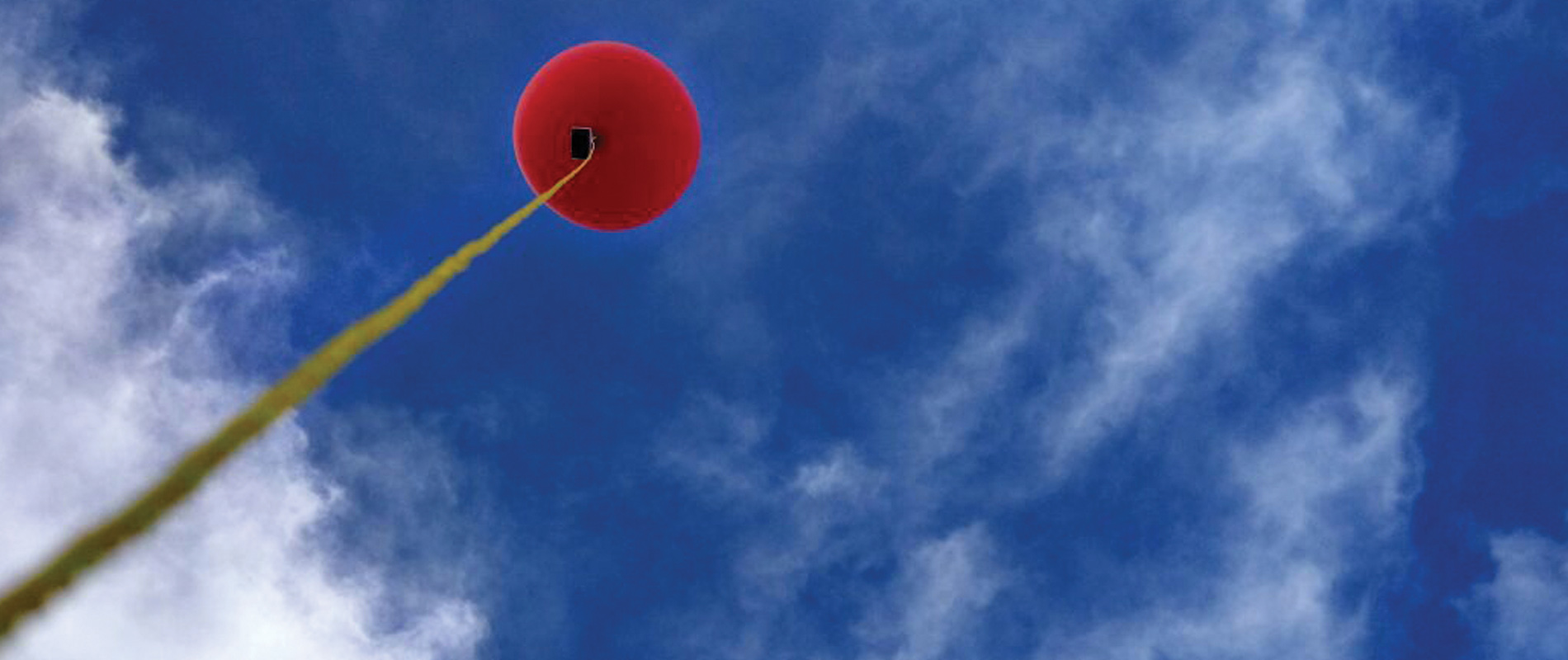
While the team could innovate their way to recreate a drone’s functionality, there was no replacement for sensors that provide critical soil-level data for insights. To capture data, one needs multiple sensors spread across the field, which costs hundreds of dollars. The technology is too expensive for small farmers.
“That technology does not exist. It has to be built,” Chandra says.
So they built it. The FarmBeats team has come up with a solution that can provide soil level data without requiring expensive sensors on the ground.
“While it might not be possible for these farmers to buy multiple sensors, we realized they already have a sensor that they use—their Android smartphones,” Chandra says as his eyes light up.
Instead of using a network of sensors, the solution uses a smartphone’s Wi-Fi chipset to beam signals to the ground. By analyzing the “time of flight” of the Wi-Fi signal, they can detect the soil moisture and conductivity, which provides insights about watering the field and fertilizer input.
“Farmers could just get their phone close to the ground or put it on a tractor or a bicycle and drive around, and get a lot of data about their fields that they didn’t have access to earlier. This data will eventually lead to insights that can drive decisions that were until now, guesswork,” Chandra says.
The tech is still in its early days, but Chandra remains optimistic. The team continues to look at different ways to bring the cost down to make it affordable and relevant for small-holder farmers. He believes that as Azure FarmBeats reaches scale, the prices of sensors and associated technology will also come down.
“We’re investigating several things to significantly bring the cost of these solutions down. It has to be technological innovations coupled with business innovation to really take it there. But I think it’d happen,” he says.
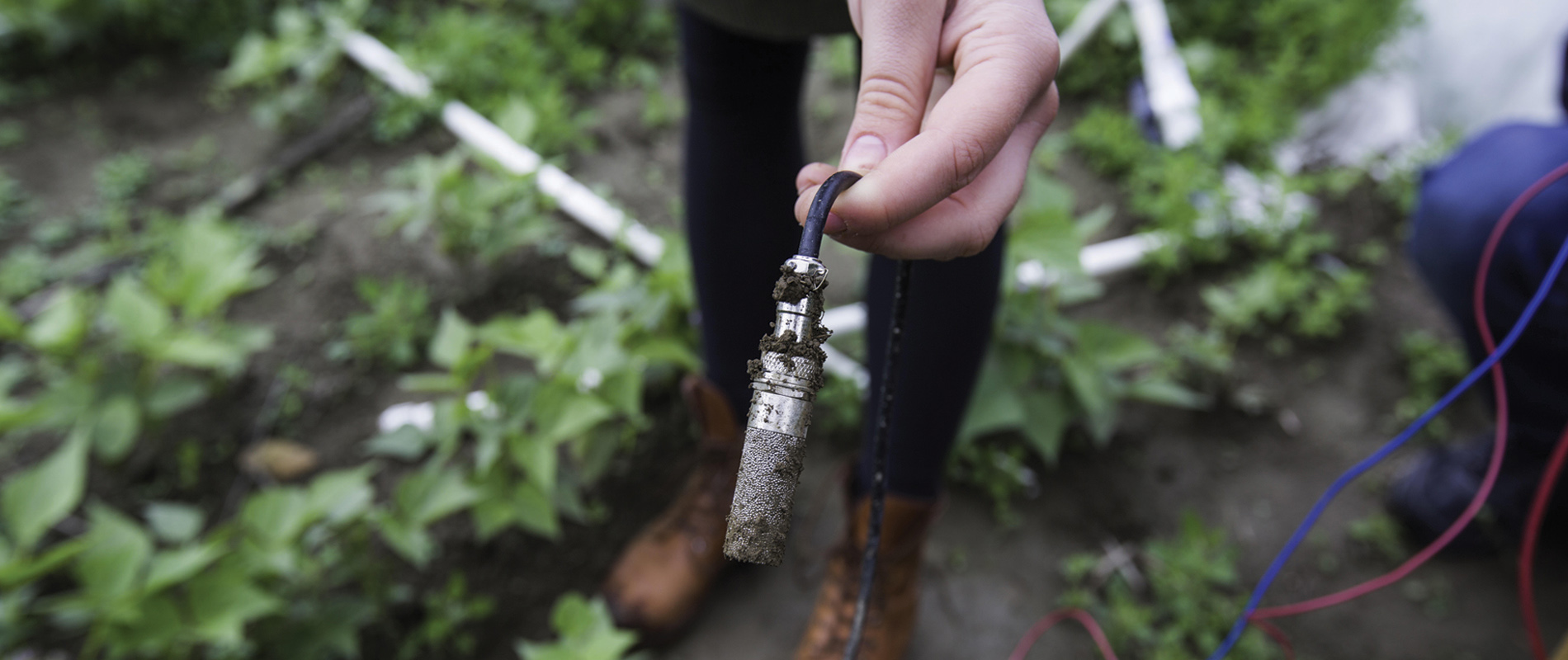
What happens next?
Building the technology is just one part of the problem. Delivering it is quite another. The way farmers in developed countries get insights from existing AgTech solutions aren’t apt for small-holder farmers in India or Kenya.
“The small-holder farmers in their fields can’t type anything. They can’t use their phones because their hands are soiled. Their literacy levels are low, so you will have to think of new delivery mechanisms. These are problems we are currently looking at,” Chandra explains.
Eventually, what the team manages to come up with for Indian farmers will not only be applicable to small-holder farmers in other countries with similar agricultural sector, but to farmers in developed countries as well.
“If you can make precision agriculture affordable in India you are not just doing that here but for farmers worldwide. Anything we develop here for the Indian context certainly helps achieve a scale that could lead to a very interesting business model worldwide,” he adds.
As we prepare to wrap up our conversation, Chandra goes back to the vacations he spent as a child in his grandparents’ village.
“One of the things that I really want to achieve in my lifetime is to get these farmers in rural India, the likes of my village in Bihar, to start using technology and benefit from it. This keeps me awake at night, how do we get these solutions work for them. That’s my mission,” he declares empathetically.






